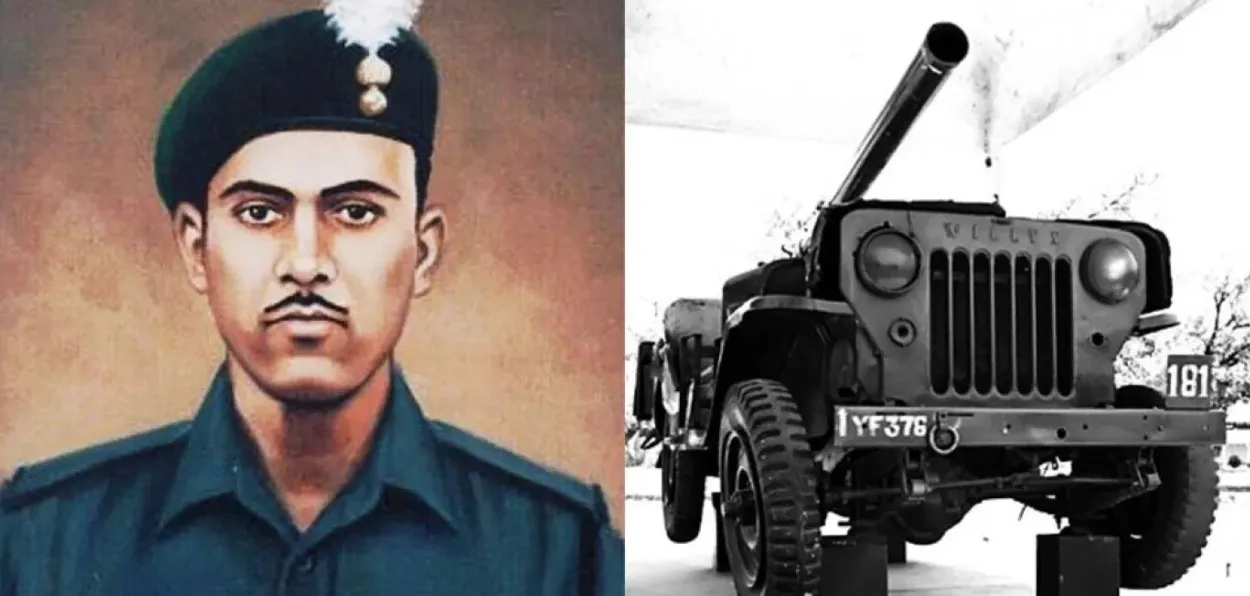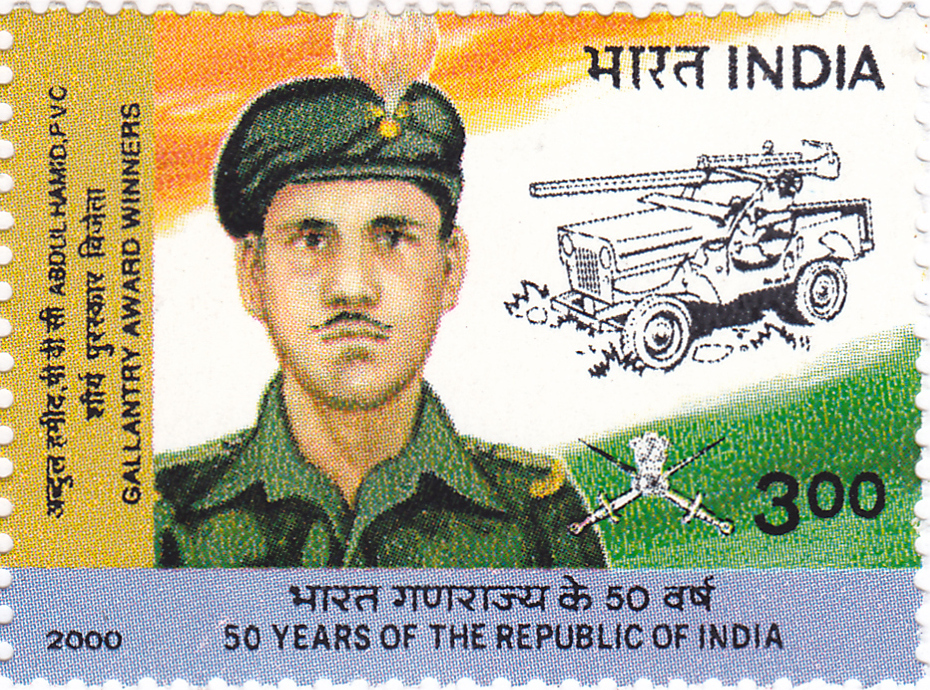
New Delhi
The life and bravery of Abdul Hamid, an Army soldier who destroyed seven Pakistani tanks on the Punjab border and died in his eighth attempt in the 1965 war, will be part of the school curriculum.
Alongside a poem on the 'National War Memorial', a recent monument set up in New Delhi to commemorate the valour of the Indian soldiers who made supreme sacrifice for the nation, a chapter “Veer Abdul Hamid" is being included in the class 6th book of the social sciences of the NCERT.
Abdul Hameed was a soldier (CQMH) of the 4th Grenadiers of the Indian Army. He laid down his life in the battle of Asal Uttar in the Khemkaran sector during the Indo-Pak War of 1965.
The battle of Khemkaran is a legend in Military history. Abdul Hamid destroyed Pakistan's US-made Patton tanks with his gun mounted on top of a jeep.
According to Defence Ministry, “the new courses have been developed by the National Education Policy 2020 and the National Curriculum Framework for School Education 2023.”This initiative is jointly launched by the Ministry of Defense and the Ministry of Education.
Veer Abdul Hamid, PVC
“It aims to inculcate the values of patriotism, dedication to duty, courage, and sacrifice in school children. Along with this, it also aims to promote the participation of youth in nation-building.”
The poem appreciates the spirit behind the 'National War Memorial'. At the same time, this chapter titled 'Veer Abdul Hamid' honours Veer Abdul Hamid, who made the supreme sacrifice while fighting for the country during the Indo-Pakistani War of 1965.
It is worth noting that PM Narendra Modi dedicated the 'National War Memorial' to the nation on 25 February 2019 at the Central Vista 'C' Hexagon, India Gate, New Delhi. The National War Memorial was established to instill high moral values, sacrifice, national spirit and a sense of belonging in every citizen and to pay appropriate tribute to the soldiers who laid down their lives to protect the nation.
The Ministry of Defense has collaborated with the Ministry of Education and NCERT to include the National War Memorial and its related material in the school curriculum.
Abdul Hamid was born on 1 July 1933 in Dhamupur village of Ghazipur district of Uttar Pradesh. As a young man, he was into wrestling and wanted to wield a lathi.
Before joining the army, he used to help his father in his work of stitching.
 Indian postal Stamp commmorating bravery of Abdul Hamid
Indian postal Stamp commmorating bravery of Abdul Hamid
At the age of 20, Abdul Hameed wore the Indian Army uniform in Varanasi. He was posted in 4 Grenadiers in 1955. During the 1962 war, he was sent to the battlefield on behalf of the 7 Mountain Brigade, 4 Mountain Division.
His wife Rasoolan Bibi told media persons that this was his first war after their wedding, In this war, he got lost in the jungle and returned home after several days. Abdul Hamid had survived on leaves and shoots during this period.
Hamid had come on leave 10 days before the 1965 war began. As the tensions between India and Pakistan were on the rise all the soldiers who had gone on leave were called back to duty. Abdul Hamid also returned quickly.
On 8 September 1965, Abdul Hamid was posted in the Khemkaran sector of Tarn Taran district of Punjab.
During that time, he heard the sound of tanks coming and soon he could see the tanks. After this, Hamid took advantage of the sugarcane field and hid there. He waited for the Pakistani tanks to come in the range of his recoilless Gun mounted on a jeep.
During that time, one of his companions was also present with Abdul in the driver's seat. His companion said that as soon as the tank came in his range, he started firing and destroyed four Pakistani tanks at once.
Information about this reached the Army Headquarters on 9 September 1965 and he was recommended to be awarded the Param Vir Chakra. The next day, i.e. on 10 September, Abdul displayed his bravery and destroyed three other tanks of Pakistan.
Abdul was about to target another tank when the Pakistani army noticed him. After this, the Pakistani army started firing from all sides. However, even after this Abdul stood firm and destroyed the eighth tank of the Pakistani army.
The brave son of the country sacrificed his life as the Pakistanis fired at him from all sides.
Abdul Hamid was posthumously awarded Param Veer Chakra for his indomitable courage and bravery. After this, on 28 January 2000, the Indian Postal Department issued a postage stamp of Rs 3 in a set of five postage stamps in honor of gallantry award winners. This postage stamp had a picture of Veer Abdul Hamid, in which he is seen riding a jeep firing from a recoilless rifle.
ALSO READ: Khamenei’s amnesia on India needs reality-check
The echo of Veer Abdul Hamid's bravery had reached America. America was surprised that how their so-called invincible tank could be destroyed by an oordinary-lookingrecoilless gun. America had re-examined its invincible tank. Even today it remains a mystery for America how their tanks were destroyed by an ordinary gun.
